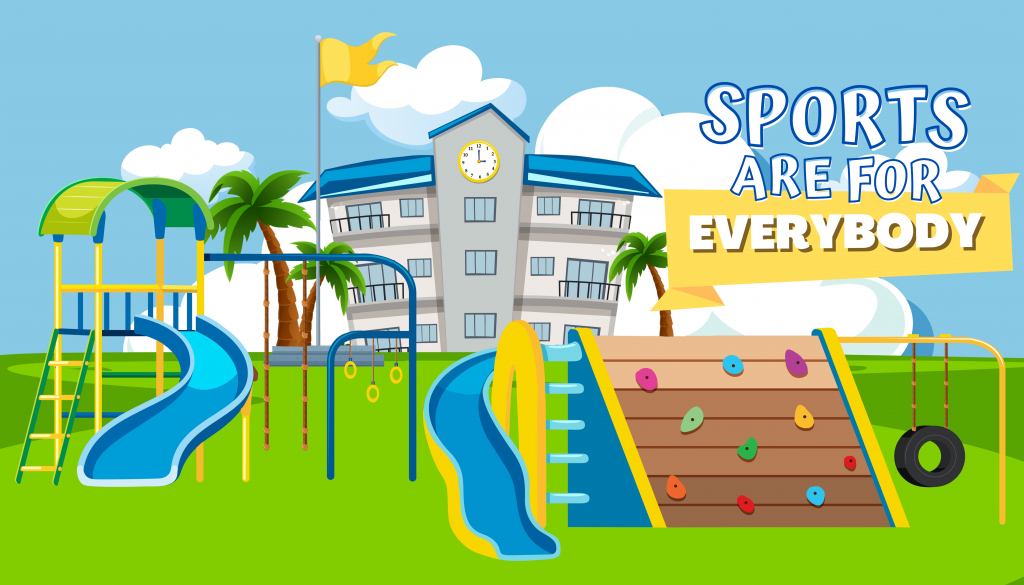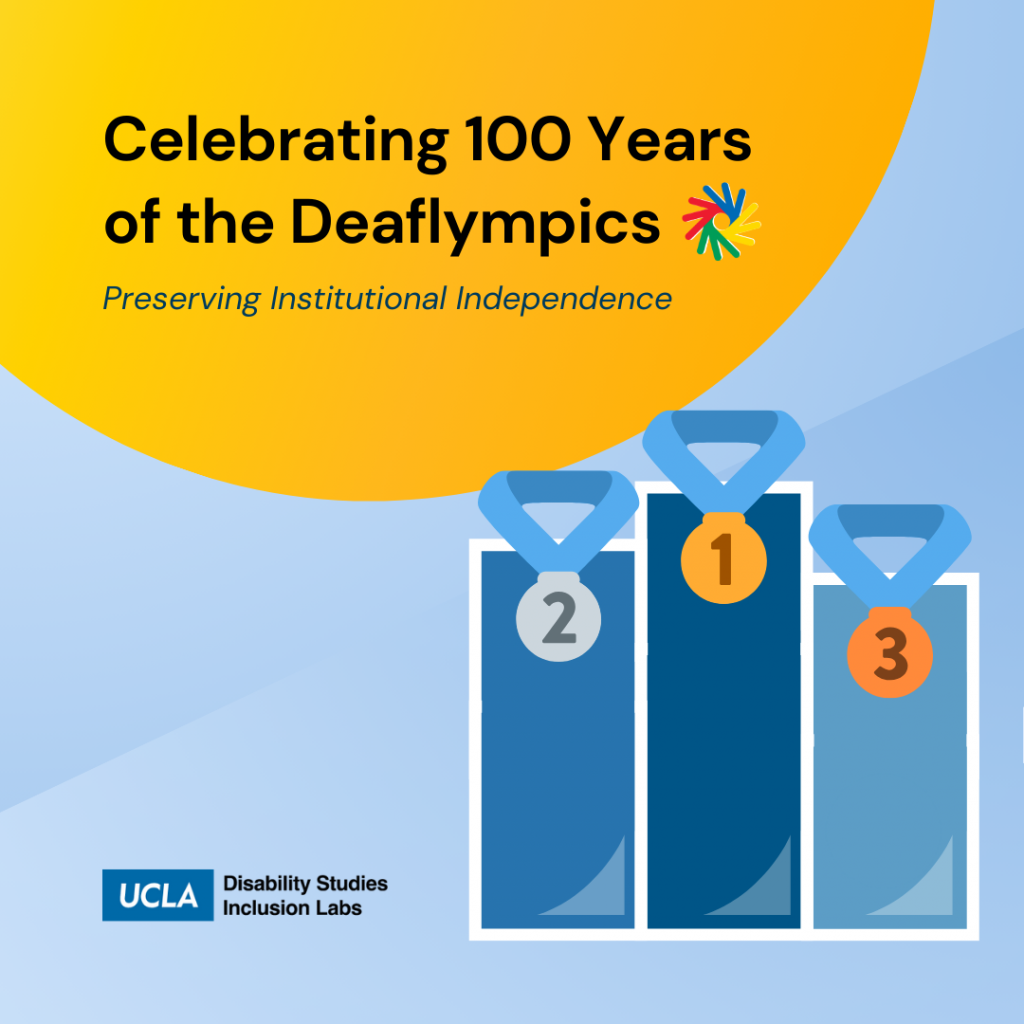Students, faculty, and staff at UCLA had the opportunity to attend “Sports are for Everybody,” the first event for the newly launched Sports and Society Lab which is a part of the Disability Studies Inclusion Labs. Professor Atsushi Nakazawa (Waseda University, Tokyo, Japan) spoke about the history, development, and inclusion of sports as extracurricular activities in Japan, followed by an engaging Q&A session led by Professor Karen Nakamura (UC Berkeley) and Dr. Fred Ariel Hernandez (UCLA/UCI).
Professor Nakazawa’s presentation began with a history of school sports in Japan. School sports were introduced as a postwar reformation and served as a symbol of democracy and self-government. Sports then became a symbol of equality as they became widely accessible throughout Japan after becoming popularized by the Tokyo Olympics. Now, sports are seen as a way of establishing discipline, as participating in school sports was thought to build character and prevent delinquencies like school violence.
I was intrigued by Professor Nakazawa’s chart comparing school sports in England, the United States, and Japan, which revealed that almost all teachers in Japan served as coaches. This chart was interesting because it brought back memories of high school. Coming from a small high school, I was blessed with the opportunity where many of our teachers were our school’s varsity coaches. Because of this experience, I was able to understand and relate to Professor Nakazawa’s emphasis on the cultural importance of having teachers as coaches. For example, I appreciated having teachers who also served as coaches because it helped build a strong foundation and support system within our school’s community. Furthermore, having our teachers as coaches gave our teachers the opportunity to get to know their students on a deeper level. By integrating extracurricular activities with academics, it fostered a strong bond between student-athletes and teacher-coaches, empowering us to look to our teachers for guidance and as mentors in all aspects of our academics and athletics.
Professor Nakazawa also spoke about the differences in language between the United States and Japan. He stated that in Japan, the term shogai referred to “all disabilities, impairments, and handicaps,” and that futsu translated to “normal.” However, he stated that there were no official words equivalent to the English terms “supercrip” and “redefining normal.” This intrigued me because, as a Korean speaker, I noticed parallels to what Professor Nakazawa mentioned. In Korean, jang-ae-in is equivalent to shogai , and jung-sang is equivalent to futsu , but there is no official term for “supercrip” or “redefine normal.” This made me wonder how concepts of disability and “normal” are culturally specific. I feel that understanding culture, tradition, and history are all important aspects to consider in order to understand disability through the lens of a specific community. Moreover, it raises the question of how we, as a society, can work towards being inclusive globally.



